Those of you looking carefully at the maps will see that we appear to be very close to where we were about a month ago. This is partly true but there just happens to be the small matter of The Andes between Humahuaca (27 December) and where we are now. San Pedro is a small oasis village in the heart of the Atacama desert, seemingly the driest place on earth with about one inch of rain a year. We have been pondering our route and decided to make a big jump up here (17 hours in the bus) rather than stopover in towns where there were no discernable attractions.
As night fell on the bus we were passing through the desert areas north of La Serena (see our last blog) and vegetation was sparse to say the least. However, as dawn rose with us considerably further north it was clear that the previous desert had been positively verdant in comparison! The desert here has nothing in it; as far as the eye can see there is rock, dust and sand. Very occassionally we passed scruffy mining outposts (the ground is rich in minerals and has been exploited for some time). Even more occassionally we caught sight of a little cluster of scrubby bushes where some dampness is making its way to the surface and small adobe huts have been constructed. How these people survive we have no idea.
As we approached San Pedro it was obvious that although the village is still very small it is not one of the hand-to-mouth places that we had seen on the way. Looking down we could see a clear splash of green amongst the sweeping plains of brown and grey; the climate may be very dry but San Pedro has some water!
The water that allows the village to thrive comes from precipitation and meltwater high in the mountains that loom ever-present over the town, including the very symmetrical volcano Licancabur.
This water is channelled and fed down into the town with a series of shutters and pathways to lead into different places on different days forming a kind of rationing system. However, local growers are not all happy, many think that too much of the water is fed to the mining concerns and there are too many days when they do not get water. Despite the existance of some trees and the gurgling water in some of the channels, the overwhelming perception as one walks through and around the village is of dry dust and sand.
This is the first town we have visited in south america with low kerbs beside the roads as they have no fear of flooding and there are signs of growing prosperity, such as the new surfacing on some of the outer roads (the ones in the centre remain dirt to maintain the authentic atmosphere).
Many years ago (when travelling it is always true that any location was much better 10 years ago) San Pedro was difficult to get to and travellers were the intrepid types who stride out into the desert for days at a time and sleep under the stars. Nowadays most fly into the airport about half an hour away, stay in one of the increasing numbers of boutique hotels and take well-organised day trips into the desert. Some of these exclusive places are even served by private jets for the rich who want to have a quick 'desert experience'.
The result is a mixed blessing; there are really good places to eat out and we are finding no trouble getting veggie food here but everything is (relatively) expensive. We have had some great multicourse meals with cocktails or wine that we would have been pleased with in Leeds but with change from 10GBP per head. However, we can't keep up that rate of spending (or eating).
However one of our first experiences of the town seemed much more rooted in tradition. We had seen that the town would be celebrating the festival of Santa Maria de la Candelaria so we were not surprised to hear a bit of a brass band as we approached the plaza. We were surprised to realise that there was more than one and even more surprised to find at least eight separate bands, each with a host of dancers and carrying their own effigy of the Virgin.
Many of the dancers were in costumes that appeared to represent devils or wore outfits laden with skulls, animal skins etc that seemed to relate to the indigenous heritage. Some participants were even dressed as animals including a very large gorilla. The procession was really enthusiastic (especially when you consider the temperature was in the 30s) with lots of rigorous dancing.
As each group reached the church gates they put on an extra display for the increasing crowd before taking their effigy inside for a blessing. We later went in to see the massed Marys and realised that they came from other nearby places.
We had wondered how such a small village could get up so many bands and dancers. Perhaps it was due to the distances they'd travelled (The Rebels de Chile had come from Antofagasto, about 7 hours away) that they decided to do the whole parade all over again the next day!
We had arrived in town still unsure of where we would head next. Our choices were to go further north in Chile by bus or to take the 3 day crossing over the border (and the Andes) across the salt plains into Bolivia by 4x4 (no roads). However, there are many reports of less than perfect operators offering this trip and we needed to make up our minds so we could plan what we would do here. We bumped into Matt and Paul, who we had met in Valparaíso, as they were about to leave for Bolivia in the morning but they had no conclusive information.
So we searched the internet and visited a number of agencies to enquire and came to the conclusion that there was no way of telling if your company was any good so we decided to go with the only one that gave us a written itinerary. Having booked, we got an email from a Bolivian company saying that there was too much rain on the salt plains to travel. We went back to our agent who was confident and told us that even a metre of standing water won't be a problem for the jeep. Later we got an email from Matt and Paul, now safely in Uyuni and having had no major problems. We shall see how we get on when we set off on Saturday morning!
Because we went up in The Andes in Argentina and will be travelling for three days by jeep, we felt no burning need to go out on trips every day from San Pedro. So we have been able to take a few casual days with no real concerns. We went for a bit of a hike a couple of miles out of the village to visit the ruins of a pre-Colombian fortress.
It was quite a strange walk as we mostly followed the line of the waterway so we had some vegetation around us although as far as could be seen beyond was just desert. The ruins consist of about 200 buildings set out on the side of a hill at 2500m and date back to about 900AD. At that time the indiginous peoples of the area were starting to form larger communities and construct defensive positions. Later, in the 15th century, the Inca empire expanded and took over but this stage was short lived as pretty soon the Spanish arrived and destroyed the Incan hierachical government.
The fortress continued to be used for a period but was gradually left. The walls were mostly constructed from stones held together by mud used like mortar but because there is so little rain a remarkable amount is still standing (or has been rebuilt, it's hard to tell). We enjoyed clambering about and up to the summit, marvelling at the lack of safety rails etc. Later we went a little further to explore some small caves although we can tell you absolutely nothing about them except that they were nice and cool while outside was very hot.
We decided to make one organised tour to visit two valleys. The first, was named by accident. The pastor who first named the place was French and had a poor Spanish accent. He named it La Valle de la Martes (Tuesday Valley) but the locals thought he had said La Valle de la Muerte (Death Valley).
We arrived at the top of a rocky escarpment and looked down into the valley and the wide sweep of several huge sand dunes, some almost reaching the top where we were. The wind was whipping sand into our faces but the views made up for any discomfort.
As we walked along the edge JZZ said that she thought it might be fun to go down the dunes. She was in luck because our guide then pointed out a route down across one huge dune, along the ridges of a second and third dune and down again into a rocky valley, which we were to follow and he would meet us with the van at the end.
We had great fun careening down, our feet sinking into the sand and doing our Lawrence of Arabia walks. We went past some guys doing sandboarding (which incidently JZZ was supposed to do in Qatar but they forgot to pick her up). The strange rock formations were really magnificent and it was great to get a different viewpoint.
The second part of the tour took us to La Valle de La Luna, so named because the landscape resembles the moon's surface. Be that as it may be, the wind has eroded much of the rock here to form interesting pillars and sharp crests. the first formation that we visited was called Las Tres Marias and we found it particularly interesting as we were unable to identify which bits of rock represented each of the three Marys.
At times we thought it might really only be two but other times we thought at least four. On top of that, right next to them was another interesting stone which didn't seem to be a Mary at all. We spent some time looking at the impressive formations before heading to a suitable vantage point to look down into the valley and wait for sunset.
In reality this was a bit disappointing although the changing colours as the rocks reflected the suns dying rays were beautiful. The most impressive point, however, was when we turned around to see the red glow of the sun lighting up the whole of the Andes'.
More Marys than you can shake a skull stick at.
Saturday, February 06, 2010
 San Pedro de Atacama, Antofagasta, Chile
San Pedro de Atacama, Antofagasta, Chile
Other Entries
-
63Iguazu falls: so that's where all the rain went!
Dec 1553 days prior Puerto Iguazú, Argentinaphoto_camera47videocam 2comment 1
Puerto Iguazú, Argentinaphoto_camera47videocam 2comment 1 -
64Out of Iguazu with a bang; on to Ciudad del Este
Dec 1652 days prior Ciudad del Este, Paraguayphoto_camera10videocam 0comment 1
Ciudad del Este, Paraguayphoto_camera10videocam 0comment 1 -
65Encarnación - and we manage to see Jesús!
Dec 1850 days prior Encarnación, Paraguayphoto_camera55videocam 0comment 2
Encarnación, Paraguayphoto_camera55videocam 0comment 2 -
66Asunción; we're travellers, get us out of here!
Dec 2048 days prior Asuncion, Paraguayphoto_camera11videocam 0comment 2
Asuncion, Paraguayphoto_camera11videocam 0comment 2 -
67Xmas greetings!
Dec 2147 days prior Resistencia, Argentinaphoto_camera1videocam 0comment 7
Resistencia, Argentinaphoto_camera1videocam 0comment 7 -
68Resistencia: city of sculpture
Dec 2246 days prior Resistencia, Argentinaphoto_camera41videocam 0comment 0
Resistencia, Argentinaphoto_camera41videocam 0comment 0 -
69Our 'current' location
Dec 2345 days prior Corrientes, Argentinaphoto_camera24videocam 0comment 1
Corrientes, Argentinaphoto_camera24videocam 0comment 1 -
70Salta: our first sight of the Andes and our Xmas!
Dec 2543 days prior Salta, Argentinaphoto_camera35videocam 3comment 3
Salta, Argentinaphoto_camera35videocam 3comment 3 -
71Multicoloured mountains and angels with guns!
Dec 2741 days prior Humahuaca, Argentinaphoto_camera53videocam 0comment 1
Humahuaca, Argentinaphoto_camera53videocam 0comment 1 -
72Following the Train To The Clouds
Dec 2939 days prior San Antonio de los Cobres, Argentinaphoto_camera81videocam 0comment 0
San Antonio de los Cobres, Argentinaphoto_camera81videocam 0comment 0 -
73Cafayate; days of wine, icecream and waterways
Jan 0235 days prior Cafayate, Argentinaphoto_camera42videocam 0comment 3
Cafayate, Argentinaphoto_camera42videocam 0comment 3 -
74Tucumán; chilling out and getting heated!
Jan 0532 days prior San Miguel de Tucumán, Argentinaphoto_camera26videocam 0comment 1
San Miguel de Tucumán, Argentinaphoto_camera26videocam 0comment 1 -
75Like Birmingham but better!
Jan 1027 days prior Córdoba, Argentinaphoto_camera64videocam 0comment 2
Córdoba, Argentinaphoto_camera64videocam 0comment 2 -
76Wines, Bikes, Barnsley and Bernard O'Higgins
Jan 1621 days prior Mendoza, Argentinaphoto_camera45videocam 1comment 1
Mendoza, Argentinaphoto_camera45videocam 1comment 1 -
77Over the Andes to Santiago
Jan 2314 days prior Santiago, Chilephoto_camera95videocam 0comment 8
Santiago, Chilephoto_camera95videocam 0comment 8 -
78Carnival Time in Paradise Valley!
Jan 2710 days prior Valparaíso, Chilephoto_camera89videocam 0comment 6
Valparaíso, Chilephoto_camera89videocam 0comment 6 -
79City of churches, craft stalls and penguins!
Jan 316 days prior La Serena, Chilephoto_camera55videocam 1comment 1
La Serena, Chilephoto_camera55videocam 1comment 1 -
80More Marys than you can shake a skull stick at.
Feb 06 San Pedro de Atacama, Chilephoto_camera91videocam 3comment 1
San Pedro de Atacama, Chilephoto_camera91videocam 3comment 1 -
81Mountains, lakes, salt plains & altitude sickness
Feb 082 days later Uyuni, Boliviaphoto_camera82videocam 1comment 5
Uyuni, Boliviaphoto_camera82videocam 1comment 5 -
82Dead people, dead trains and dead electrics!
Feb 104 days later Uyuni, Boliviaphoto_camera30videocam 0comment 3
Uyuni, Boliviaphoto_camera30videocam 0comment 3 -
83Let the festivities begin (but not in the convent)
Feb 137 days later Potosi, Boliviaphoto_camera78videocam 0comment 0
Potosi, Boliviaphoto_camera78videocam 0comment 0 -
84No sugar but lots of water and... dinosaurs!
Feb 1913 days later Sucre, Boliviaphoto_camera61videocam 0comment 5
Sucre, Boliviaphoto_camera61videocam 0comment 5 -
85Possibly the highest capital city in the world...
Feb 2317 days later La Paz, Boliviaphoto_camera89videocam 1comment 4
La Paz, Boliviaphoto_camera89videocam 1comment 4 -
86Shining Lake Titicaca (when it isn't raining).
Feb 2620 days later Copacabana, Boliviaphoto_camera47videocam 1comment 2
Copacabana, Boliviaphoto_camera47videocam 1comment 2 -
87Despite the name, it's not always sunny here!
Feb 2822 days later Isla del Sol, Boliviaphoto_camera51videocam 0comment 0
Isla del Sol, Boliviaphoto_camera51videocam 0comment 0 -
88Incas, Pre-incas and a load of willies.
Mar 0527 days later Puno, Peruphoto_camera113videocam 0comment 0
Puno, Peruphoto_camera113videocam 0comment 0 -
89Road blocks, demos and a scenic journey to Cusco
Mar 0628 days later Cusco, Peruphoto_camera76videocam 0comment 5
Cusco, Peruphoto_camera76videocam 0comment 5 -
90Touring the Sacred Valley
Mar 0729 days later Ollantaytambo, Peruphoto_camera50videocam 0comment 8
Ollantaytambo, Peruphoto_camera50videocam 0comment 8 -
91Visiting the Inca sites around the city.
Mar 0931 days later Cusco, Peruphoto_camera46videocam 0comment 3
Cusco, Peruphoto_camera46videocam 0comment 3 -
92The White City
Mar 1638 days later Arequipa, Peruphoto_camera92videocam 0comment 2
Arequipa, Peruphoto_camera92videocam 0comment 2 -
93Strange markings at Dead Bull!
Mar 2345 days later Toro Muerto, Peruphoto_camera32videocam 0comment 0
Toro Muerto, Peruphoto_camera32videocam 0comment 0 -
94Colca Canyon 1: Snow and the Ice Maiden
Mar 2547 days later Chivay, Peruphoto_camera17videocam 0comment 2
Chivay, Peruphoto_camera17videocam 0comment 2 -
95Colca Canyon 2: Watch out, condors about!
Mar 2749 days later Cabanaconde, Peruphoto_camera56videocam 1comment 1
Cabanaconde, Peruphoto_camera56videocam 1comment 1 -
96Colca Canyon 3: Hot and Passionate
Mar 2850 days later Arequipa, Peruphoto_camera21videocam 0comment 0
Arequipa, Peruphoto_camera21videocam 0comment 0 -
97More lines and symbols but this time they're BIG!
Mar 3153 days later Nazca, Peruphoto_camera41videocam 0comment 2
Nazca, Peruphoto_camera41videocam 0comment 2 -
98Sun worshipping through the years
Apr 0457 days later Trujillo, Peruphoto_camera62videocam 0comment 2
Trujillo, Peruphoto_camera62videocam 0comment 2
Comments
2025-05-22
Comment code: Ask author if the code is blank

 San Pedro de Atacama, Antofagasta, Chile
San Pedro de Atacama, Antofagasta, Chile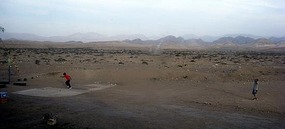
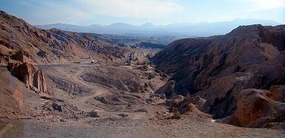
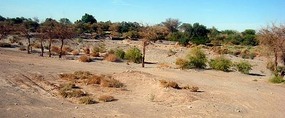
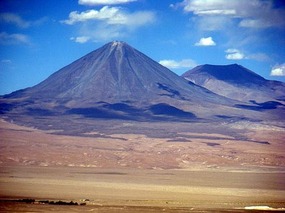
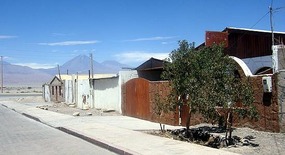
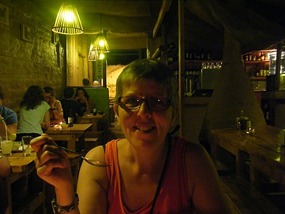
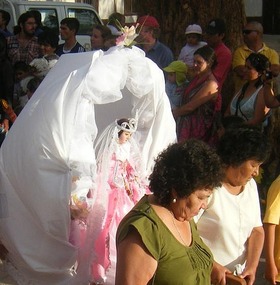
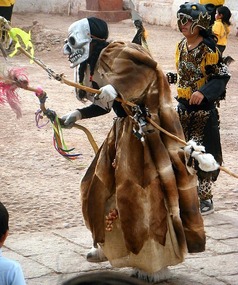
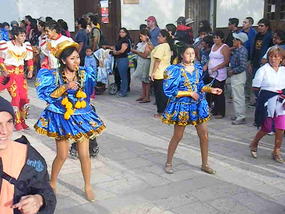
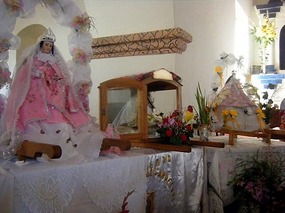
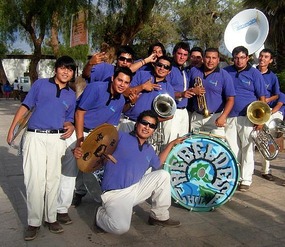
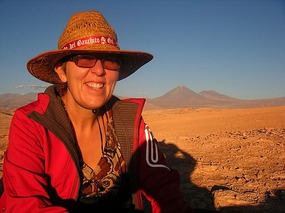
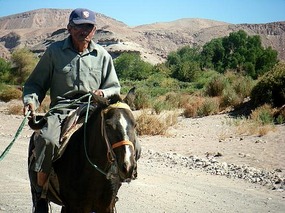
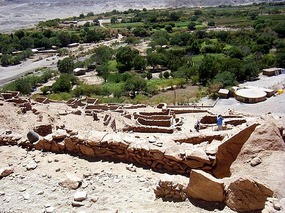
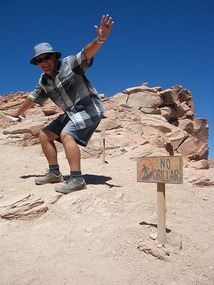
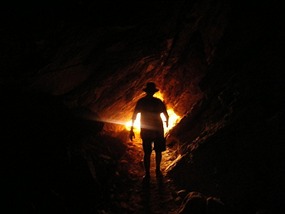
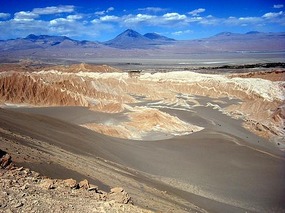
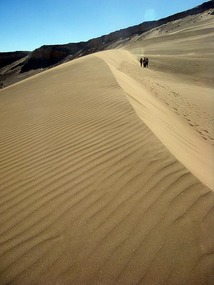

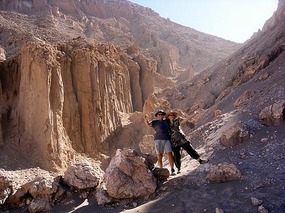
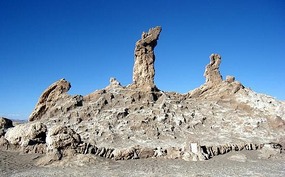
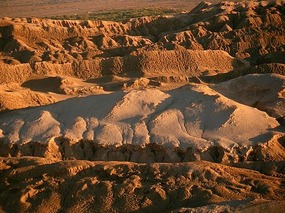
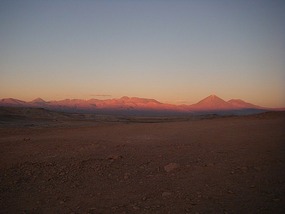





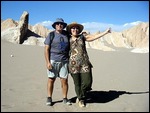

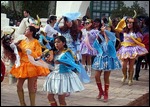
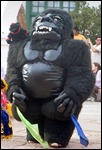
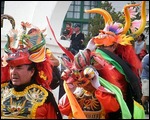
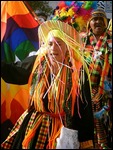
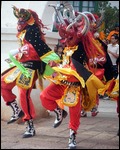
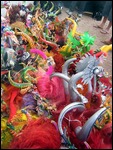

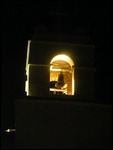
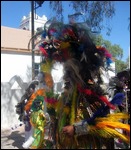

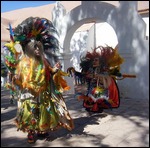
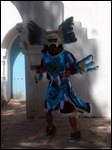
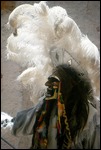

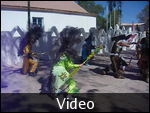
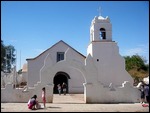
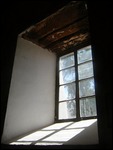
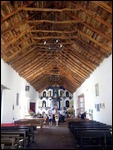
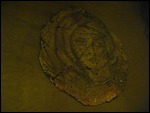
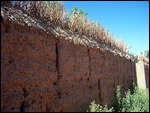
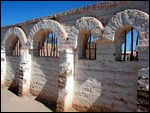
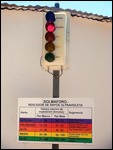


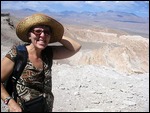
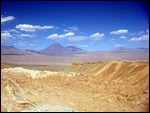
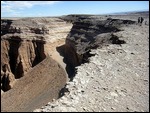
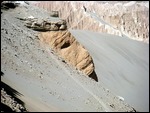
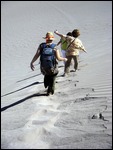
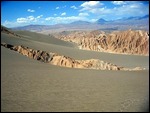
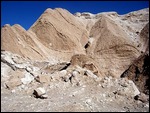
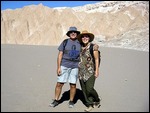
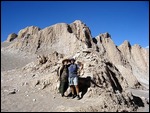
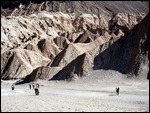

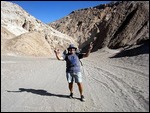
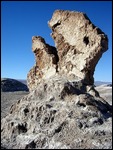
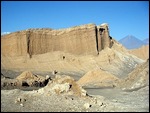
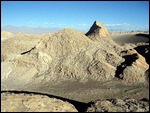
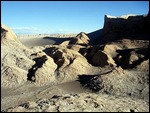
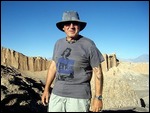
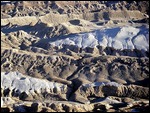
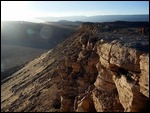
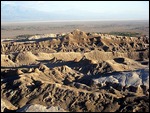
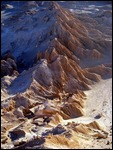

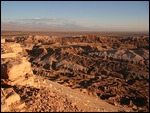
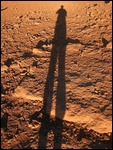
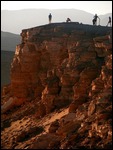
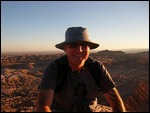
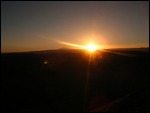
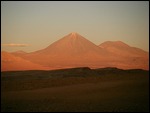
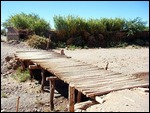
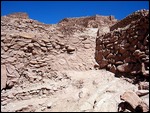
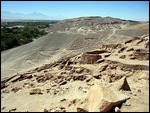
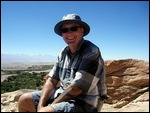
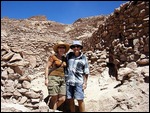
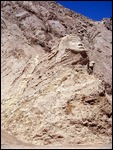
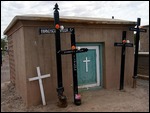


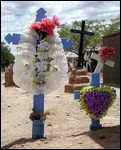
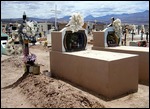
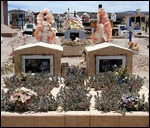
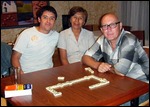

grindrodkaz
2010-02-06
hope you get to Bolivia OK ? We flew from La Paz to Santiago, but it was speactacular the salt plains and the Atacama what an amazing flight. I remember one day in Bolivia, it was a day of all 4 seasons, fog, blazing sunshine, almost pitch black skies, lightning, torrential rain and then snow...so can imagine the weather is a worry. Continue to have fun - from hopalong